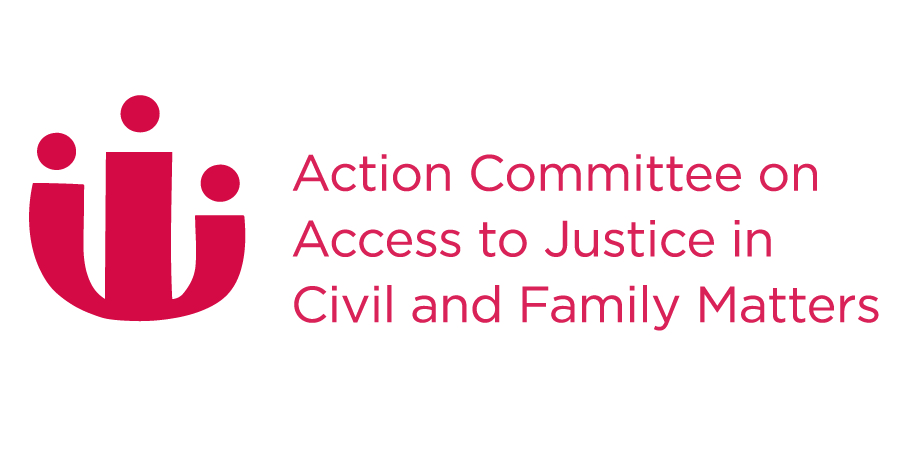Inventory of Reforms
Federal Court Rules – Simplified Actions (Rules 292 – 299)
Year:
1998
Description:
Mandatory simplified procedure for Federal Court actions of up to $50 000, or at a party’s request for actions of higher amounts.
Status:
Permanent implementation
Jurisdiction:
Federal
Court:
Federal Court
Body Responsible:
Federal Court of Canada Rules Committee
Timeline:
1993: Federal Rules Committee commenced review
January 1998: New Rules approved by Rules Committee
February 1998: New Rules approved by Governor in Council
April 1998: New Rules came in force
Publications:
Federal Court Rules,External Link r. 292-299.
Brian J. Saunders, Meg Kinnear, Donald J. Rennie & Graham Garton, QC, Federal Courts Practice 2007 (Toronto: Thomson Canada Ltd, 2006).
Development:
In 1993, the Federal Court Rules Committee commenced a review of the Federal Court Rules. The purpose of this review was to bring the Rules in line with provincial rules, and make them accessible and easier to understand. The Committee hosted many consultations with various stakeholders. In January 1998 the new Rules were approved by the Rules Committee and subsequently by the Governor in Council on February 5, 1998. The new rules came into force on April 25, 1998.
Purpose:
Often, the costs associated with litigation exceed the amount claimed, particularly in cases worth $50,000 or less. Therefore the rules are ‘simplified’ to reduce costs and make the litigation proportional to the amount being claimed.
Description of Reforms:
A Simplified Action can apply either automatically, by agreement of the parties, or by Order of the Court. If a claim does not exceed $50,000 then the rules apply by default [r.292(a) and (b)]. If both parties are in agreement that the Simplified Action rules are to apply, then the matter will proceed under those rules [292(c)]. If an agreement is not obtained, a party can apply to the Court to have the Simplified Action rules apply [292(d)].
The plaintiff must state the amount of their claim and whether it exceeds $50,000 [r.182(b)]. Plaintiffs who exaggerate their claims in an attempt to avoid the rule may be subject to consequences in cost [r. 293 and 400(3)(n)].
Simplified actions alter the general procedures governing actions in the following ways:
- A list of documents may be served instead of an affidavit of documents [r. 295].
- Examinations for discovery must be in writing, and limited to 50 questions [r. 296].
- There is no motion for summary judgement allowed [r. 297].
- With the exception of some threshold motions, all other motions may only be brought at the pre-trial conference [r. 298].
- Evidence in chief at trial is to be adduced by affidavit [r.299].
- Reduced Registry fees are payable in respect of filings.
- The times prescribed for service and filing of affidavits before trial are shortened in comparison to the general procedure. The plaintiff’s affidavit evidence must be filed and served at least 20 days before trial [229(1)(a)]. The defendant’s affidavit evidence must be filed and served at least 10 days before trial [299(1)(b)].
Affidavits of Expert witnesses have an earlier deadline than regular affidavits; expert evidence must be served 60 days before trial, and rebuttal affidavits are to be served 30 days before trial. Rule 84 providing for cross-examination on affidavits does not apply under simplified actions. The reply evidence to the plaintiff’s evidence may be adduced orally, including that of an expert witness.
Revision History:
This summary was last reviewed in Oct 24, 2013



